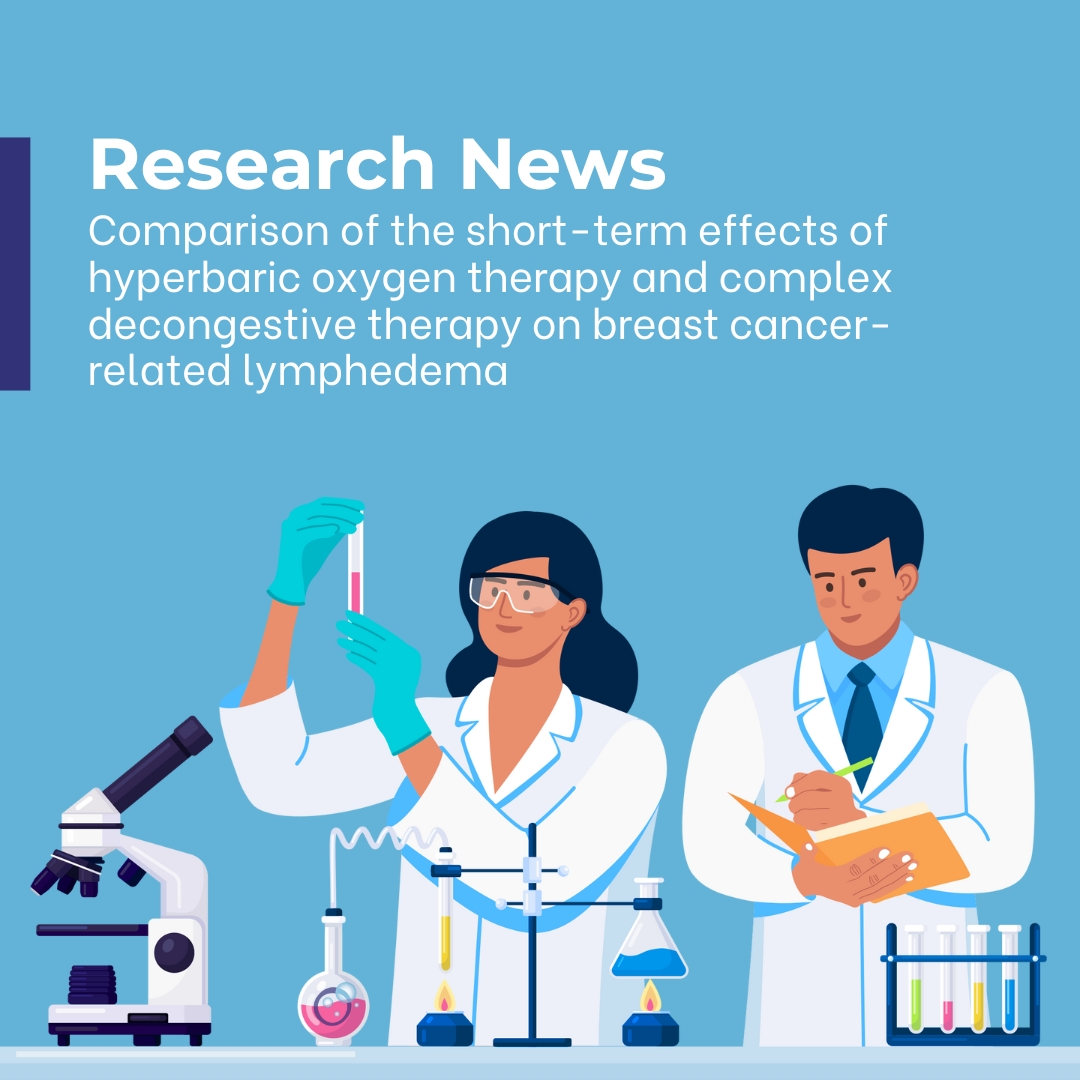
Hyperbaric Oxygen Therapy: A Promising Adjunct Treatment for Breast Cancer-Related Lymphedema
Breast cancer-related lymphedema (BCRL) is a common and distressing complication that can arise after surgery, chemotherapy, or radiation therapy for breast cancer. Characterized by swelling in the affected arm, BCRL can lead to functional impairment, psychological morbidity, and a diminished quality of life. While complex decongestive therapy (CDT) is considered the standard treatment, its inconveniences and sometimes limited effectiveness have spurred the exploration of alternative therapies. One such therapy is hyperbaric oxygen therapy (HBOT).
What is Hyperbaric Oxygen Therapy?
Hyperbaric oxygen therapy (HBOT) involves breathing 100% oxygen in a pressurized chamber, typically at pressures 2 to 3 times higher than normal atmospheric pressure. This increased pressure allows the lungs to gather much more oxygen than would be possible breathing pure oxygen at normal air pressure. The blood then carries this extra oxygen throughout the body.
Traditionally, HBOT is recognized for its effectiveness in treating conditions like carbon monoxide poisoning, decompression sickness, and promoting wound healing in diabetic ulcers. The therapeutic benefits of HBOT stem from its ability to:
- Enhance oxygen delivery to damaged tissues
- Stimulate the growth of new blood vessels (angiogenesis)
- Promote wound healing
- Reduce fibrosis (the formation of excessive fibrous connective tissue)
HBOT for BCRL: An Observational Study
A recent study aimed to evaluate the efficacy of HBOT in addition to conventional CDT for BCRL. This prospective observational study divided ten patients with BCRL into two groups: a CDT-only group and a CDT-HBOT combination group. All patients received ten treatments over two weeks, and researchers compared changes in upper limb circumference, quality-of-life (QOL) questionnaire results, and bioelectrical impedance values between the two groups.
The results of the study revealed some promising findings:
- Bioimpedance Spectroscopy (BIS) Improvements: The CDT-HBOT group showed more significant improvements in parameters measured by BIS compared to the CDT-only group. BIS is a diagnostic tool that assesses tissue composition in affected limbs and can evaluate the severity of lymphedema.
- Quality of Life: Improvements in QOL were observed in both groups after treatment.
- Potential for Fibrosis Reduction: The study suggested that HBOT’s positive effect on lymphedema might be attributed to its ability to reduce fibrosis, a factor believed to contribute to the development of lymphedema.
Implications and Future Directions
While the study’s sample size was small and lacked randomization, the findings suggest that HBOT may be a valuable adjunct treatment for BCRL, particularly in improving tissue composition and potentially reducing fibrosis.
The authors of the study recommend further research with larger sample sizes and randomized controlled trials to confirm these preliminary results. Additionally, future studies could explore the optimal number of HBOT treatments and consider factors such as comorbidities and medications that may affect lymphedema progression.
In conclusion, hyperbaric oxygen therapy holds promise as a supplementary treatment option for patients with breast cancer-related lymphedema. While more research is needed, this study offers valuable insights into the potential benefits of HBOT in improving tissue health and quality of life for individuals affected by BCRL.